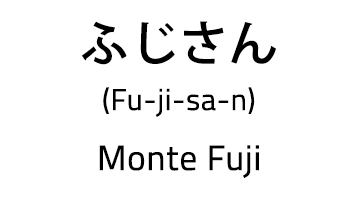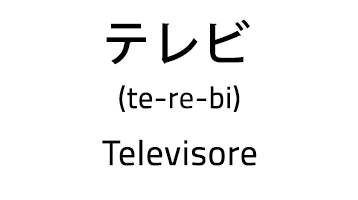Chinese is not Japanese
When I say that I study Chinese, I am asked right away a series of questions, that, generally, are always very similar to each other.
“Do you study Chinese? So tell me something in Chinese!”
“And how is my name said in Chinese?”
“But Chinese and Japanese are alike, right?
Ok, I confess that I had had some trouble as well in identifying one from the other when I was inexperienced, but let’s clarify the matter: Chinese is not Japanese and they differ in many aspects.
PHONETICS AND WRITING SYSTEM
First of all Chinese, unlike Japanese, is a tonal language, that means words can be distinguished according to the tones and pronunciation.
In Chinese, each character represents a word, whereas Japanese consists of three different writing systems: hiragana and katagana, which are the two typical writing systems and kanji, words coming from traditional Chinese that, even though they are written exactly like the ones used in Chinese and have the same meaning, their pronunciation is completely different.
Hiragana words have a more rounded appearance than kanjis and katagana ones, which are simplier as they are composed by just a few strokes and are used exclusively for loan words.



GRAMMAR
Concerning grammar, Chinese a great deal simplier as there are no articles, differences between masculine and feminine and no verb conjugations. Everything is understood according to the context. Japanese, on the contrary, has at least three conjugations.
Moreover, Chinese is an isolating language, which means that there are no declensions and no inflectional morphology; whereas Japanese is agglutinative, as to say its terms have roots to which prefixes and suffixes can be added.
SENTENCE STRUCTURE
Chinese sentence structure is SVO (subject-verb-object) expect when a specific construction is used to anticipate the object, while Japanese structure is SOV (subject-object-verb).
In conclusion, even though at first glance the two languages might be mistaken for each other, they are actually quite different and, with a closer look, it is possibile to easily recognize them.
comments powered by Disqus